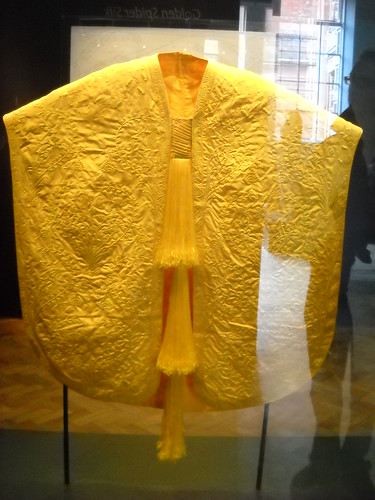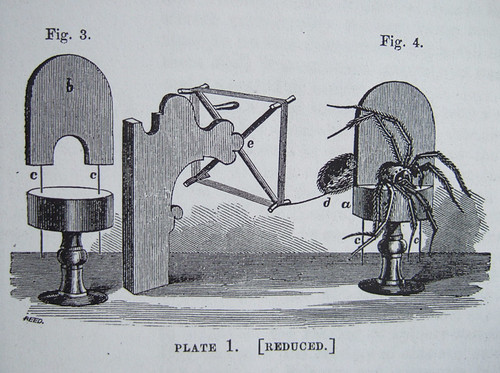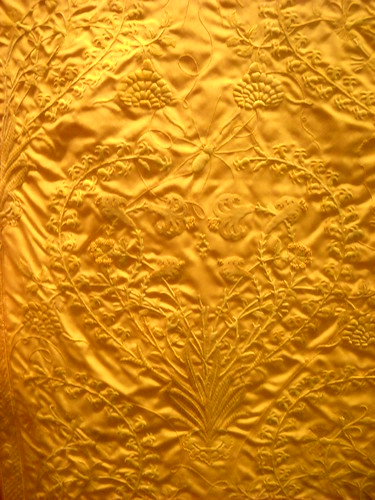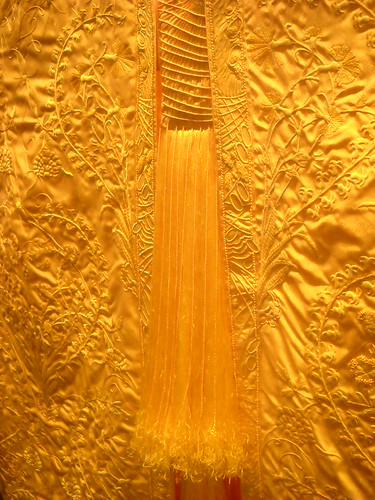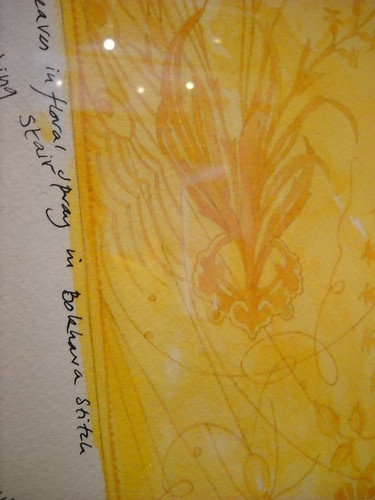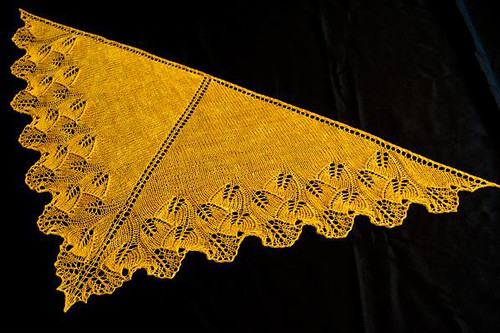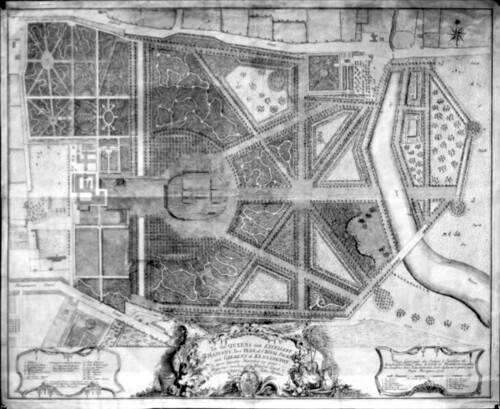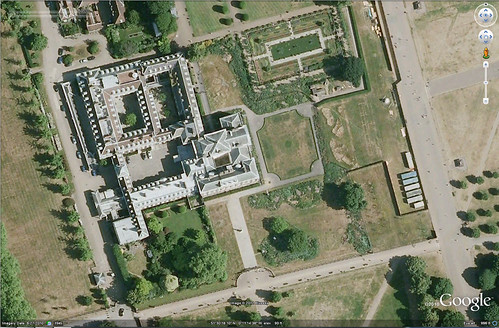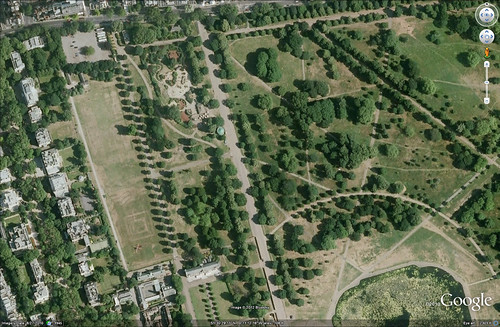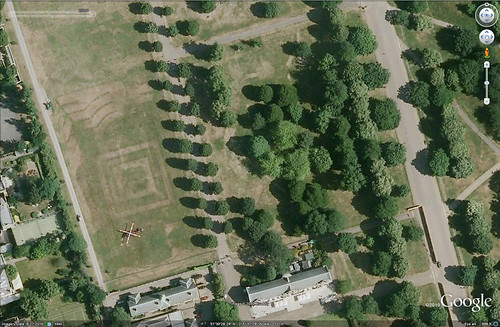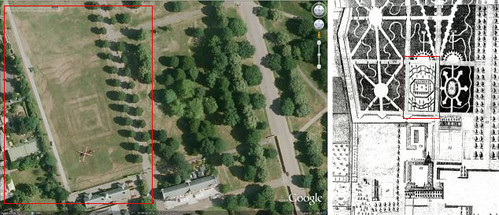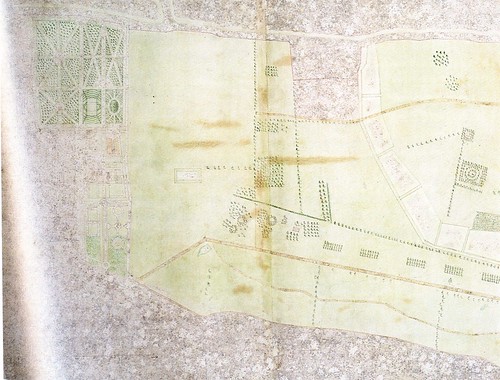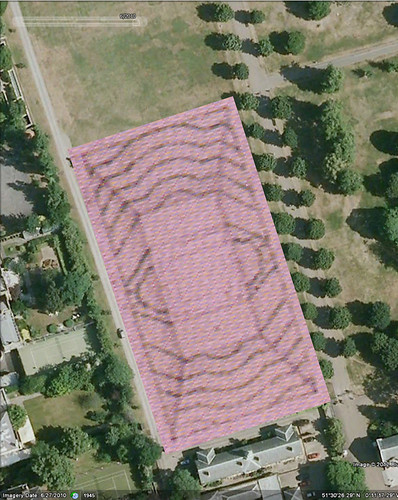But first, a bit of background.
Once upon a time this scepter'd isle was positively riddled with great country houses, those venerable piles which served as the 'country seate' of the greatest noble families and fortunate merchants with enough cash to score a piece of land. Full of visions and ideas from their Grand Tour through Italy and Europe, young nobles educated in art and architecture returned and planned the changes, additions, or new houses they would build when the old man kicked off and they finally came into their inheritance. Inspired by the concept of the Italian villa - a house in the country - stately homes began popping up in the English countryside, with building works peaking between the late 17th and mid-18th centuries. Did I mention they also had spectacular gardens?
Many of these houses, along with their gardens, were remodeled through the centuries in the latest style - Palladian, Gothic, Victorian - and some were completely pulled down and built anew. Fast forward a few hundred years to the post-WW2 era when so many of these houses were knocked down it would make you run to your bed and bite your pillow. Things started getting bad after WW1 (if you follow Downton Abbey, and I highly recommend that you do, you'll have an idea what it was like), but progressed rapidly to worse after WW2. If the house wasn't destroyed by a doodlebug, chances are many of the male staff and heirs were lost in fighting, leaving no one to continue running the estate. The cost of keeping such a place going, with hundreds of staff, became difficult, for some, impossible.
Some sources say that by the 1950s a country house was being demolished every five days, with as many as 1,200 lost since 1900. I hope you have your pillow handy. There is some good news, though. Not all met their doom by the blow of a wrecking ball. Some of them burned down! One that I was trying to find was set to be donated to the National Trust when the flame from a torch being used to remove paint from a windowsill ignited the whole house and poof! The story goes the owner was inconsolable (pillow, please).
Well, now on to my story. One such house that no longer exists is Holywell House in St. Albans. Celia Fiennes visited St. Albans and writes briefly:
"Thence to St. Albans and so we enter Hartfordshire 12 mile: there is a very large streete to the Market place, its a pretty large town takeing all, the St Juliers [St Julians] and that at one end and the other end is St Nicholas [error?? - she would have passed close to St Michaels], where is a handsome church; the great Church which is dedicated to St. Albans is much out of repaire; I see the places in the pavement that was worn like holes for kneeling by the devotes of the Religion, and his votery's, as they tell you, but the whole Church is so worn away that it mourns for some charitable person to help repaire it; there are several good houses about the town one [Holywell House] of the Earl of Maulberoug [Marlborough] and one of Mrs Gennings [Jennings] the Countess Mother."
I'm sure she'd be happy to know that the great Church has been restored, and I'll write about that later. But what about Holywell House? I put on my deerstalker, grabbed my pipe (not really, my parents read this after all), my magnifying glass and set to work. Here's what I found:
As with any journey, we begin with a map.
This is from Charles Smith's map of Hertfordshire circa 1808. You can clearly see St. Julians, St. Michaels, and the church of St. Albans, which Celia Fiennes mentions. Near the center of the image, just above the river, you see the location of 'Halloway House'. This is likely a corruption of the spelling 'Hallywell' which is a corruption of 'Holywell', which is the name of the road which takes its name from the holy well* located nearby. Close enough for jazz, I thought. Armed with that bit of info, I googled my way to this:
Nice place. And I can't be sure but that's probably the bell tower at St. Albans in the distance. So, knowing that the house was called Holywell House and it was located downhill from the abbey, presumably on Holywell Road, I felt pretty confident I was getting hotter. Then this came along:
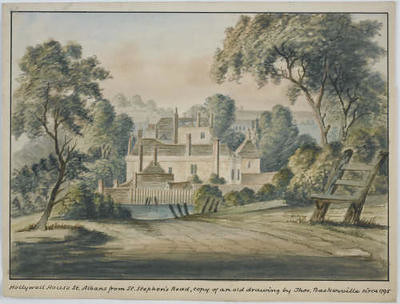 |
| Holywell House, St. Albans from St. Stephens Road, copy of a drawing by Thos. Baskerville circa 1795 (St. Albans Museum) |
This excited me even more because this is probably pretty close to the view Celia Fiennes would have seen! Psych!
Next I found this:
Very promising. Even though there isn't much detail in the planted areas of the gardens, it shows the extent of the grounds and their general style, which appear to be firmly in the English Landscape era of design, a style perfected and capably marketed by Capability Brown (which makes him responsible for the disappearances of all the gardens I'm studying, the villain!).
Drawing satisfactorily on my imaginary pipe, I then consulted the Ordinance Survey maps of the 1880's:
 |
| Click to embiggen |
Scroll down the larger image and you'll find the location of Holywell House, along with the site of the holy well. Notice the lovely crescent with townhouses just across the street on the west side. Now for the magic:
How do you like them apples!? I was curious about one thing, though. The OS map clearly shows the footprint of the house on the east side of the road while the painting clearly shows it otherwise, and since scale is always an issue with this kind of overlay (note that the bottom right corner of the painting doesn't align with the path of the river but clearly that's what it is), I wondered. Definitely a two-pipe problem. So I did what Sherlock would have done and consulted Watson (aka my tutor). Before he could respond I found this excerpt on-line from A History of the County of Hertford: volume 2 edited by William Page in 1908, detailing the residences and residents of Holywell Hill Road:
"...and Torrington House (Mr. A. F. Phillips), which last is on a part of the site of Holywell House, the seat of the Rowlatts and afterwards of the Jennings family, demolished in 1827. Sarah duchess of Marlborough was probably born here, and she and the celebrated duke occasionally lived at this house...(blah blah about a lady entomologist who lived at Torrington House)...At this point it may be noticed that a side road curves off to the west and meets the main road again a little lower down. This diversion was caused by an extension of the grounds of Holywell House into the roadway. The road, however, was reinstated in its direct course when Holywell House was pulled down."
Thank you, Mr. Page!!!
While I haven't (yet) visited the local museum, library, or archives to see if any plans or maps of the gardens at Holywell House exist, at least we have confirmed the location of the house, it's appearance near the time that Celia Fiennes would have seen it, and the design of the gardens in the mid-19th century.
And people thing garden history is boring!
So that's it. My quest has officially begun, and however long it takes, I'm going to track down each and every great house that Celia mentions. Some are easy and the grounds so extensive one could wander happily for days (think Chatsworth). Others have proven to be much more elusive but no less intriguing, especially when plans and paintings show what stateliness once existed.
 |
| Me (and Celia) near the spot where Holywell House once stood |
A special note of thanks to Louise, University of Greenwich chaplain who arranged the student pilgrimage to St. Albans (more on that next time). She graciously stalked the road with me in search of the elusive Blue Plaque and spotted it! It was on the uphill side of the wall; walking down hill, we nearly missed it.
*Legend has it that Holywell Hill Road takes its name from the holy well located nearby. When the martyr St. Albans was beheaded it was said that his head rolled down the hill and fell into the well, thus rendering it holy. Another account has it that the well sprang up on the spot at which his head stopped.





